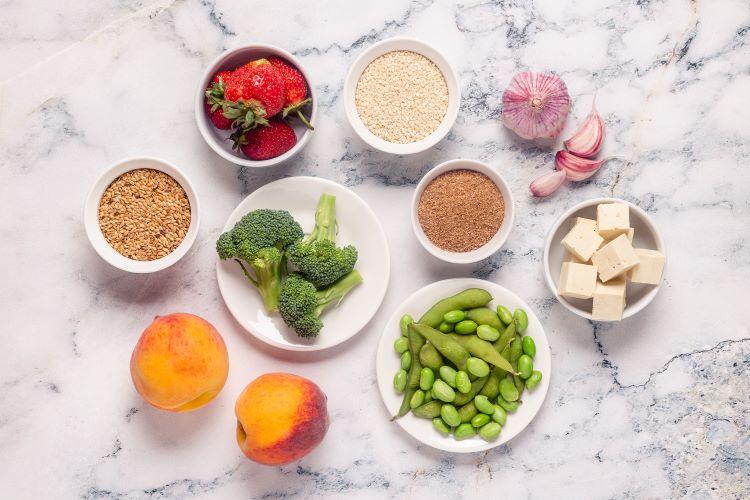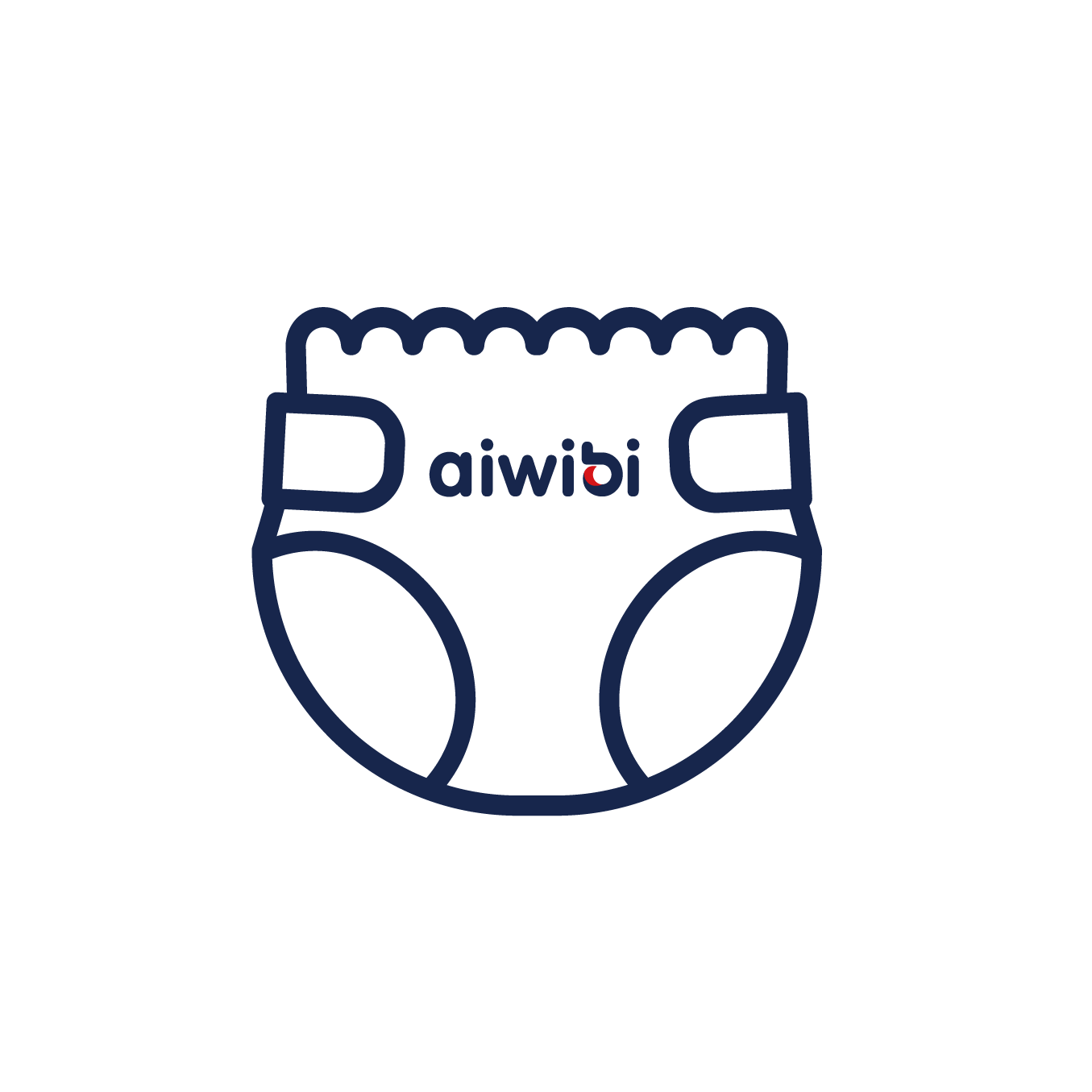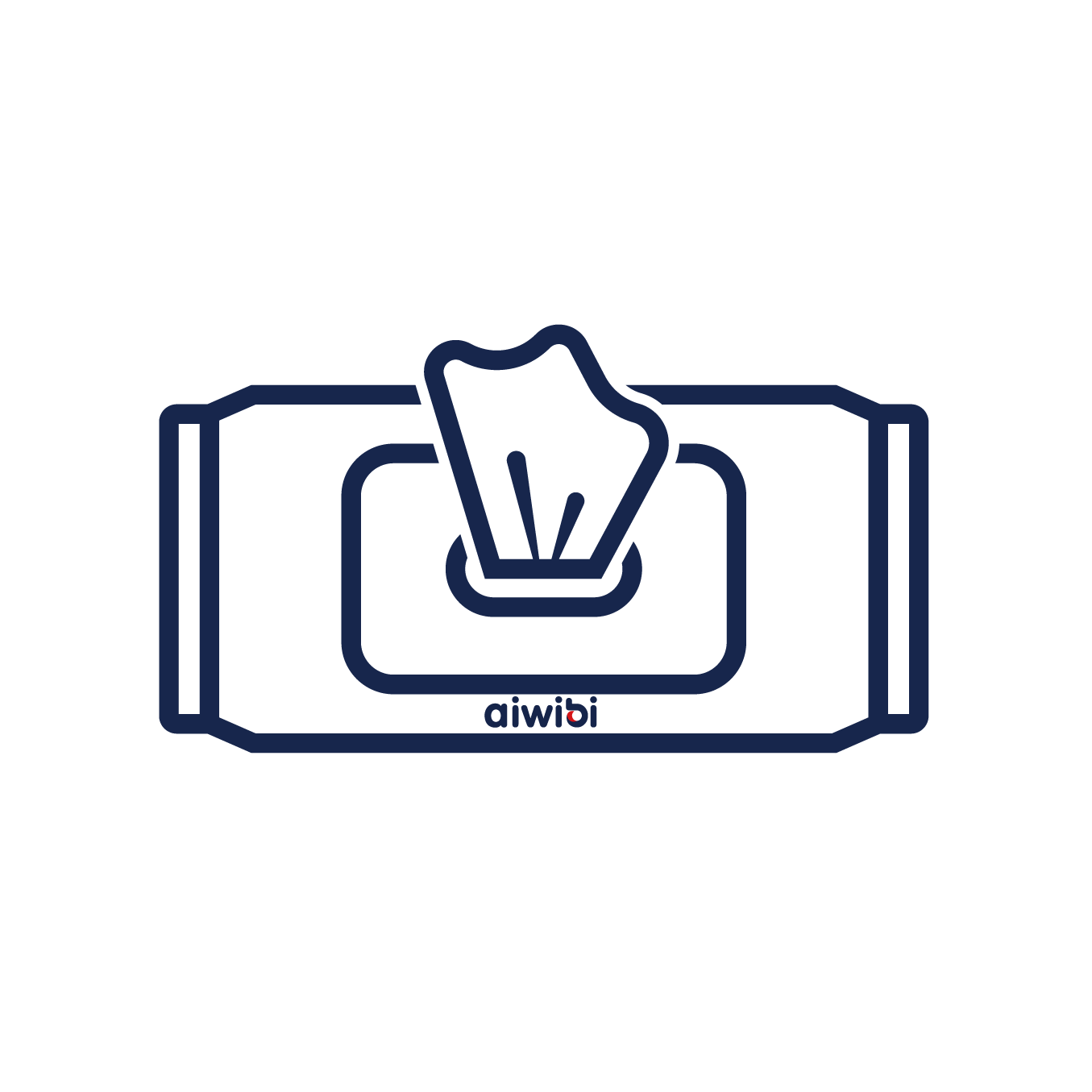Blogs

Dermatest Certification for Aiwibi
Aiwibi baby diapers and pants just individually passed the clinical test by Dermatest in Germany as EXCELLENT (it is the renewed ones). Dermatest takes the top-quality testing standard globally from the perspective of safety.
In order to make sure that Aiwibi diapers & pants can give safety for baby tender skin, Aiwibi has been cooperating with the Dermatest institute for quality testing since 2019.
Its certification represents the guarantee of product safety and reliability for consumers. Aiwibi Brand has become one of the few baby diapers brands that have achieved Dermatest Certification, which means that Aiwibi baby diapers & baby pants are skin-friendly and safe products with no irritation to baby skin.

Becoming a mom is one of life's most rewarding experiences. However, it also comes with its fair share of challenges, including figuring out what to eat to fuel your body and support breastfeeding. Don't worry, new mama, we've got you covered!
Why is postpartum nutrition important?
Healing:Your body has been through a lot, and proper nutrition can help it heal faster.
Energy:Taking care of a newborn is exhausting! Eating nutritious foods will give you the energy you need to keep up.
Milk supply:A balanced diet can help support your milk supply and ensure your baby gets the nutrients they need.
What should you eat?
Protein:Essential for building and repairing tissues. Good sources include lean meats, poultry, fish, beans, lentils, and tofu.
Calcium:Important for bone health. Dairy products, leafy green vegetables, and fortified plant-based milk are good sources.
Iron:Helps prevent anemia. Red meat, poultry, fish, beans, and fortified cereals are high in iron.
Fiber:Keeps your digestive system regular and can help prevent constipation. Whole grains, fruits, and vegetables are excellent sources of fiber.
Fluids:Stay hydrated by drinking plenty of water throughout the day.
Here are some easy and nutritious meal ideas:
Breakfast:Oatmeal with berries and nuts, Greek yogurt with fruit and granola, or a smoothie with spinach, banana, and protein powder.
Lunch:A salad with grilled chicken or fish, a whole-grain sandwich with avocado, or a lentil soup.
Dinner:Salmon with roasted vegetables, chicken stir-fry with brown rice, or a vegetarian chili.
Tips for new moms:
Listen to your body:Eat when you're hungry and stop when you're full.
Snack smart:Keep healthy snacks on hand, like fruits, nuts, and yogurt, to avoid getting too hungry.
Cook in advance:Prepare meals ahead of time to save time and energy.
Don't be afraid to ask for help:Your friends and family can help with meal prep and childcare.
Remember, postpartum nutrition is important, but it's also okay to indulge in your favorite foods occasionally. The most important thing is to nourish your body and enjoy this special time with your baby.

Baby Poop: A Colorful Guide to Your Baby's Health
Understanding your baby's poop can be a bit, well, messy. But it's actually a great way to monitor their overall health.
The color of your baby's stool can provide valuable clues about their digestive system and overall well-being. While it's normal for stool color to vary, significant changes or persistent unusual colors can indicate potential health issues.
Common Stool Colors and Their Implications
Yellow:This is the most common color for breastfed babies. It's often soft and seedy, and it's a sign that your baby is getting enough milk.
Brown:Formula-fed babies typically have browner stools. As your baby starts eating solid foods, their stool will likely become a more consistent brown color.
Green:Green stool can be caused by a number of factors, including a foremilk/hindmilk imbalance in breastfed babies, certain foods, or a bacterial infection.
Red:Red stool can be alarming, but it's not always a cause for concern. It could be from consuming foods like beets or tomatoes, or it could be a sign of bleeding in the digestive tract.
Black:Black, tarry stool can indicate bleeding higher up in the digestive tract. It's important to contact your pediatrician immediately if you notice black stool.
When to Consult a Pediatrician
While it's normal for stool color to vary, you should consult your pediatrician if you notice:
Sudden, significant changes in stool color.
Blood in your baby's stool.
Your baby is experiencing other symptoms, such as diarrhea, constipation, vomiting, or fever.
Your baby is not gaining weight or seems to be in pain.
Remember, while observing your baby's stool can be helpful, it's not a substitute for professional medical advice. If you have any concerns about your baby's health, it's always best to consult your pediatrician.

How to choose the right baby diapers
When choosing diapers for your baby, parents may feel confused by the many options available. However, the comfort and health of the baby should always come first. Diapers play a vital role in daily baby care, affecting their skin health and overall quality of life. Factors such as absorption, breathability, comfort, and eco-friendliness are essential aspects to ensure the baby's skin remains healthy and comfortable.
In hot climates like Saudi Arabia, these factors become even more critical. In this article, we will explain how to choose the most suitable diapers for your baby based on their growth stages and specific needs. By focusing on these key elements, you can ensure your baby stays dry and comfortable as they grow.
Key Elements for Choosing Diapers
1. Absorption
In hot climates like Saudi Arabia, it is essential to keep the diaper dry. Therefore, you should choose diapers with excellent absorption to quickly absorb moisture and keep the baby's skin dry.
Super Absorbent Polymer (SAP):
High absorption: Absorbs many times its weight in liquid.
Fast absorption: Quickly absorbs urine, reducing contact with the baby's skin.
Water locking: Turns into a gel after absorbing water, preventing leaks and maintaining dryness.
Wood Pulp:
Good absorption: Has the ability to absorb a large amount of liquid.
Slower absorption: Compared to SAP, its absorption is slower and may be prone to leaks.
2. Breathability
Maintaining diaper breathability is crucial to reduce the risk of diaper rash and maintain healthy baby skin.
Diapers made from breathable materials help in air flow and reduce moisture buildup.
Good design includes small holes on the sides or back to improve ventilation.
3. Comfort
Comfort is essential. Choose diapers made from soft and skin-friendly materials to reduce friction and irritation. This helps avoid skin problems and ensures the baby's comfort.
4. Eco-Friendly
Due to the increasing concern for environmental issues, many families choose biodegradable or recyclable diapers.
Eco-friendly diapers are often free from chemicals like dyes and fragrances, reducing irritation and contributing to reducing environmental pollution.
Choosing the Right Size Based on Your Baby's Growth Stage
Newborn Stage (0-1 month): Usually, size NB is chosen. At this stage, the baby needs about 8-10 diapers daily.
Early Infant Stage (1-3 months): Size S is suitable. At this stage, the baby needs about 300-400 diapers per month.
Mid Infant Stage (3-6 months): Size M is suitable. The demand for diapers ranges between 500-600 diapers.
Late Infant Stage (6 months and above): Size L and above are suitable. At this stage, the baby starts moving a lot, so leak-proof diapers should be chosen.
Conclusion
When choosing diapers, it is essential to consider the baby's comfort and choose soft and flexible materials that help reduce irritation and promote healthy growth. Attention should also be paid to factors such as absorption, breathability, and leak prevention to ensure the baby's comfort throughout the day.
Show
per page






